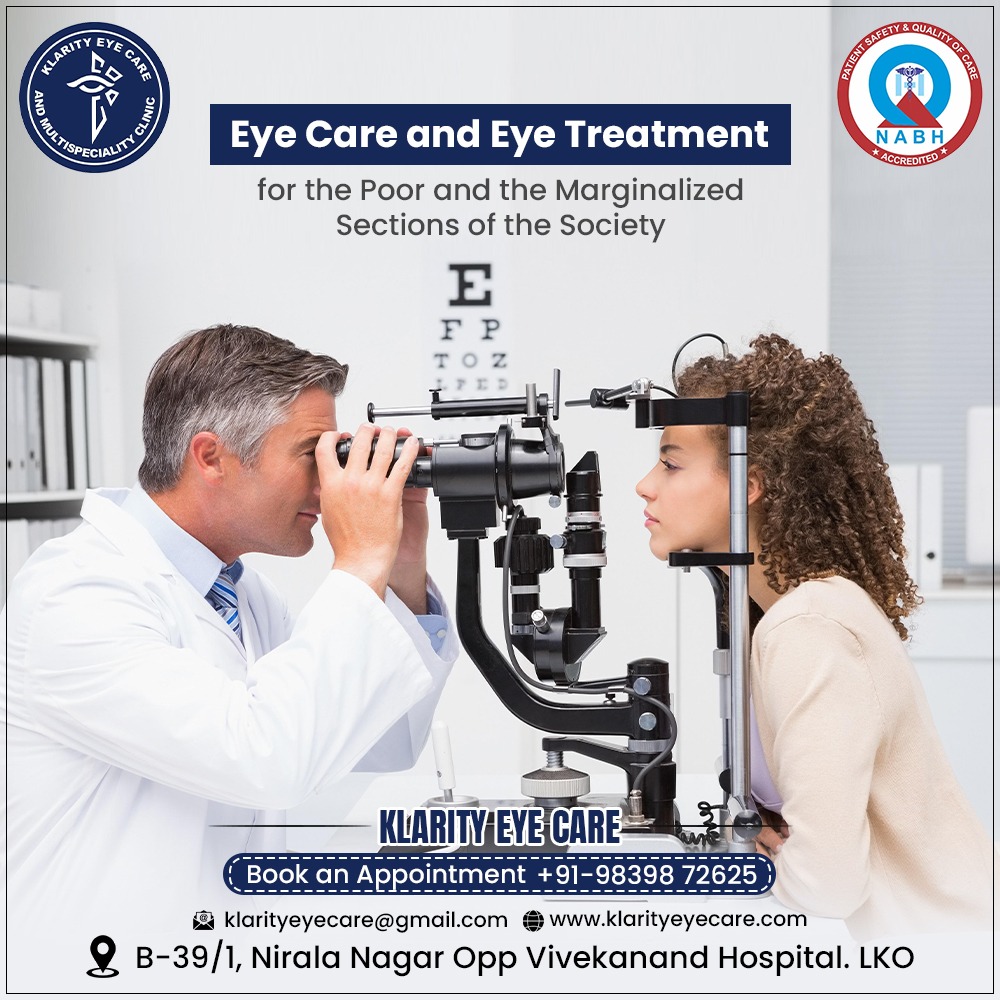Surgical hospital beds are an integral part of modern healthcare systems, offering critical support for patients and healthcare providers alike. These specialized beds are designed to meet the unique needs of patients recovering from surgery or dealing with complex medical conditions. Their advanced features not only enhance patient comfort but also improve medical outcomes and streamline caregiving processes. The vital role of surgical hospital beds in patient care? This article explores the numerous uses and benefits of surgical hospital beds, highlighting their importance in patient care.
1. Enhanced Patient Comfort and Recovery
Surgical hospital beds are meticulously engineered to provide optimal comfort for patients, which is a crucial factor in the recovery process. Key features include adjustable head, foot, and height positions, allowing patients to find a posture that minimizes pain and enhances relaxation. For example:
- Adjustable Positions: Patients recovering from abdominal surgery may benefit from a slightly elevated headrest to reduce strain and improve breathing.
- Pressure Relief: Many surgical beds come with pressure-relieving mattresses that prevent bedsores and improve blood circulation, especially for immobile patients.
By reducing discomfort, these beds contribute to quicker recovery times and improved patient satisfaction.
2. Facilitating Post-Surgical Care
After surgery, patients often require specialized care that involves frequent monitoring and specific positioning. Surgical hospital beds are equipped with features that aid in this process:
- Trendelenburg and Reverse Trendelenburg Positions: These settings help manage circulation and respiratory issues. For instance, elevating the legs can enhance blood flow and reduce swelling.
- Side Rails: Adjustable side rails provide added safety by preventing falls while allowing caregivers easy access to the patient.
- Integrated Scales: Some surgical beds feature built-in weighing systems, enabling medical staff to monitor weight changes without moving the patient.
These functionalities make surgical beds indispensable for postoperative care in hospitals and at home.
3. Streamlining Caregiving Processes
Caring for patients with limited mobility can be physically demanding for healthcare providers and caregivers. Surgical hospital beds are designed to alleviate this burden through features that simplify caregiving:
- Height Adjustability: Caregivers can raise or lower the bed to a comfortable height, reducing the risk of back strain during procedures like dressing changes or patient transfers.
- Remote Controls: Both patients and caregivers can use remote controls to adjust bed positions, fostering independence and reducing the need for constant assistance.
- Mobility Features: Lockable wheels and easy maneuverability allow the bed to be relocated efficiently within medical facilities or homes.
These features improve the efficiency of caregiving and ensure that patients receive timely and effective care.
4. Promoting Safety and Hygiene
Safety and hygiene are paramount in patient care, particularly for those recovering from surgery. Surgical hospital beds address these concerns with:
- Antimicrobial Surfaces: Beds with antimicrobial coatings reduce the risk of infections, which is crucial in postoperative care.
- Easy-to-Clean Materials: The materials used in these beds are designed for quick and thorough cleaning, maintaining a sterile environment.
- Fall Prevention: Features like low-bed settings and adjustable side rails minimize the risk of falls, especially for elderly or disoriented patients.
These aspects ensure a safer environment for both patients and healthcare providers.
5. Supporting Long-Term and Home Care
Surgical hospital beds are not confined to hospital settings. They play a significant role in long-term and home care for patients with chronic conditions, disabilities, or post-surgical needs. Features like easy adjustability, ergonomic design, and compatibility with medical equipment make these beds ideal for home use.
- Customizable Accessories: Over-bed tables, IV poles, and trapeze bars can be added to enhance functionality.
- Ease of Use: Many models are designed for user-friendly operation, enabling family members to provide effective care at home.
By making quality care accessible outside hospital environments, surgical beds improve the quality of life for patients and their families.
6. Addressing Specific Medical Needs
Certain medical conditions and surgical procedures necessitate specialized bed features:
- Orthopedic Patients: For individuals recovering from fractures or joint replacements, beds with traction systems or specific positioning options are invaluable.
- Bariatric Patients: Surgical beds designed for bariatric patients offer higher weight capacities and broader surfaces, ensuring safety and comfort.
- Neurological Conditions: Features like continuous lateral rotation therapy (CLRT) are beneficial for patients with spinal cord injuries or neurological impairments.
These tailored solutions highlight the adaptability of surgical hospital beds to diverse medical scenarios.
7. Improving Mental Well-Being
Physical comfort significantly influences mental well-being. Patients confined to bed for extended periods often experience stress, anxiety, or depression. Surgical beds address these issues by:
- Encouraging Autonomy: Adjustable features empower patients to control their positioning, promoting a sense of independence.
- Reducing Isolation: Mobility features enable patients to interact more easily with visitors or family members, enhancing their emotional well-being.
These psychological benefits are essential for holistic recovery.
8. Technological Integration
Modern surgical hospital beds incorporate advanced technology to further enhance patient care:
- Monitoring Systems: Integrated sensors track vital signs and notify caregivers of any irregularities.
- Smart Bed Features: Connectivity with hospital networks allows real-time data sharing, improving diagnostic accuracy and treatment planning.
- Remote Monitoring: For home care settings, smart beds enable healthcare providers to monitor patients remotely, ensuring timely interventions.
These innovations represent the future of patient-centric care.
Conclusion
Surgical hospital beds are more than just furniture; they are essential tools that significantly impact patient outcomes and caregiving efficiency. From enhancing comfort and safety to supporting specialized medical needs, these beds play a pivotal role in healthcare. As technology continues to evolve, surgical beds will undoubtedly become even more sophisticated, further revolutionizing patient care in hospitals, clinics, and homes. By investing in high-quality surgical hospital beds, healthcare providers and families can ensure optimal recovery and a better quality of life for patients.

